Kingdom treasures
Tayif: A historic walk through the City of Roses
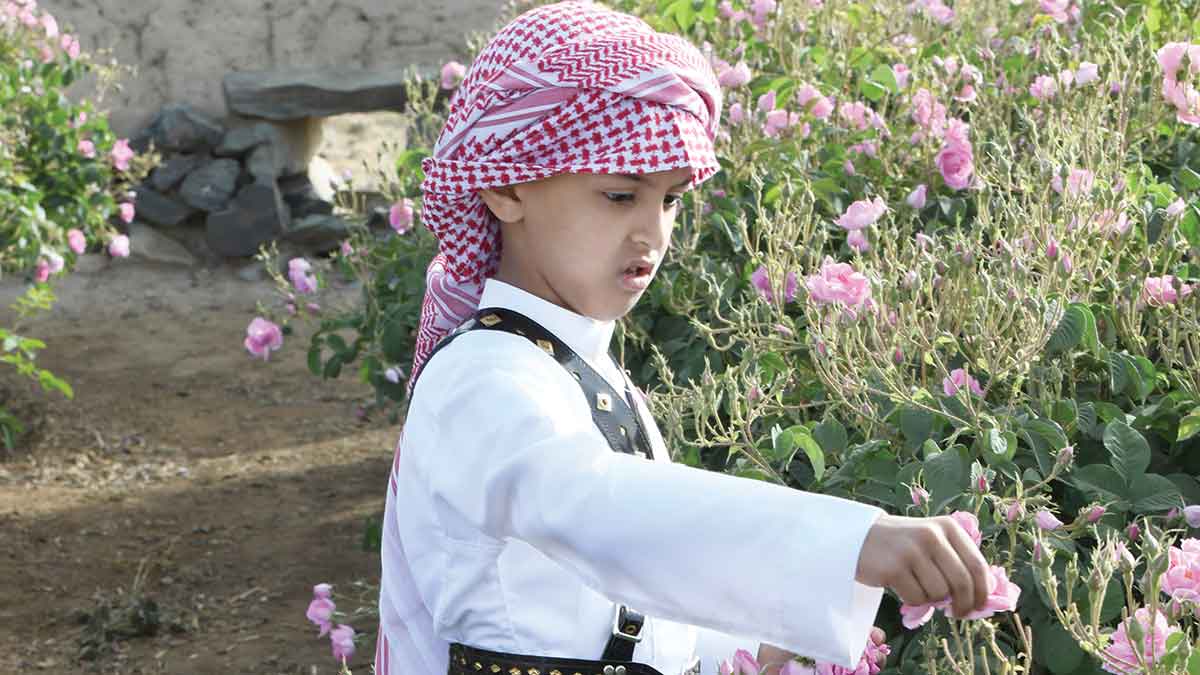
Global January 10, 2021 - By
Known for its roses, Tayif has a whole lot more to offer.
From green mountains to a busy, old market that overshadows antique buildings with a rich history, Tayif makes a colorful impression on visitors.
Located 780 km west of Riyadh and rising 1,800 m above sea level, Tayif features a moderate climate that is perfect.
A good place for the visitor to start is at the heart of the city; the old town, Souq Al Balad. At its center is a huge, functioning mosque, Abdullah bin Abbas, the origins of which go back to the first days of Islam.
Walking around the old town you will be pleasantly surprised by charming, old shops and restaurants that give off the vibe of a bazaar and antique buildings with interesting architecture hidden among the modern structures. The local cuisine includes the famous dish saleeg, which is white rice cooked with a variety of spices, butter, and milk, and served with meat placed on top.
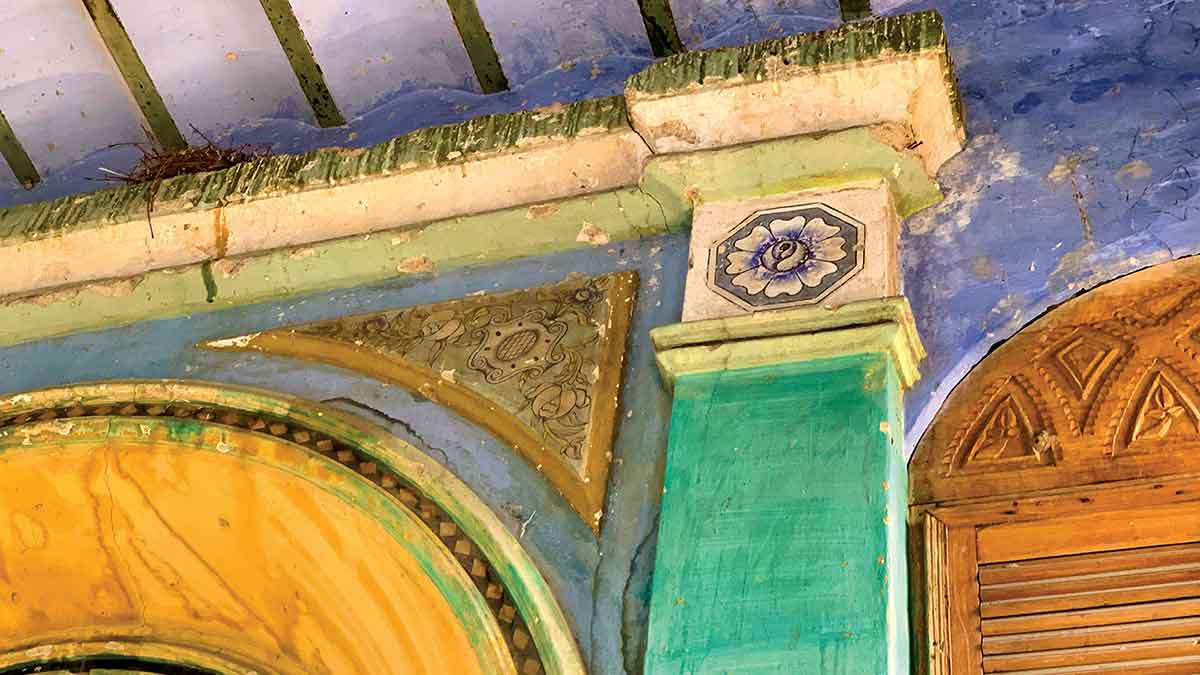
Rich history
Food is not the only rich thing about Tayif. The city also features a rich history. Shubra Palace, just 4 km northwest of the old town, is a four-story building built in 1905, which stands out as an architectural marvel constructed of white marble and other luxury materials.
After the unification of the Kingdom, it served as King Abdulaziz’s residence when he stayed in Tayif during the summer. Authorities have converted the building into a museum, and it now hosts historical artifacts from the area. (Check before visiting, as COVID-19 precautions have affected its opening hours.)
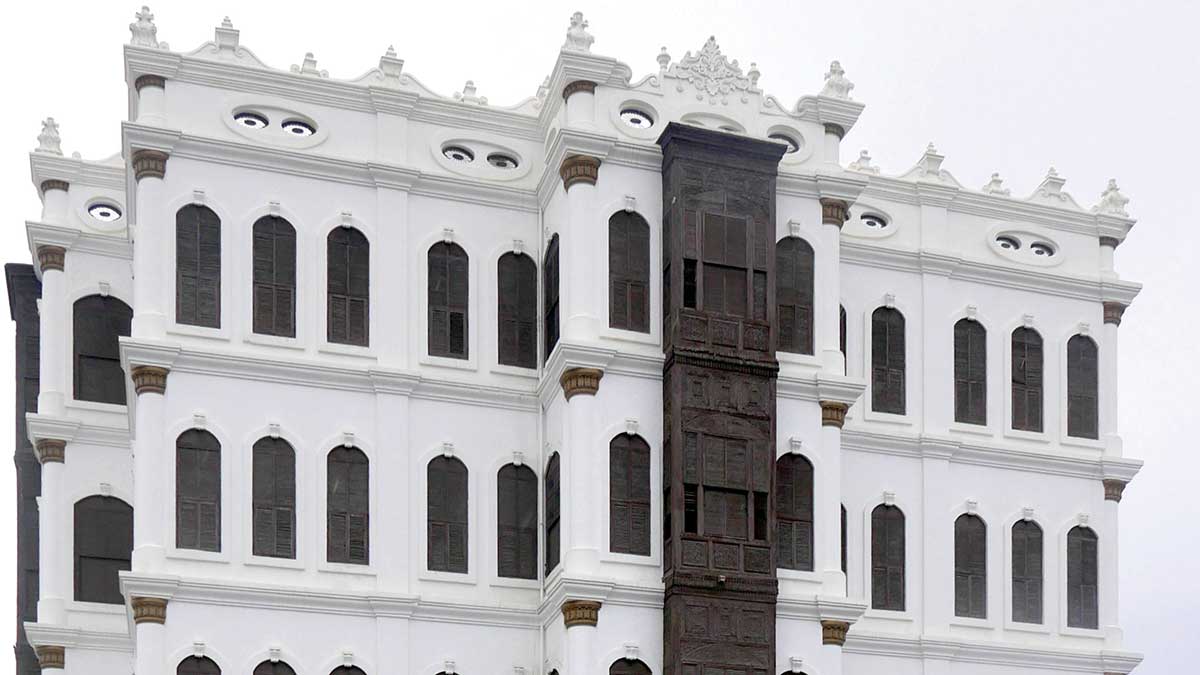
Another historic building, although unrestored, is Al-Katab House, which is just a 10-minute walk from the old town. Built in 1898 with Islamic and ancient Roman architecture, it is infused with local design featuring colorful walls with intricate decorations and a lush garden. More antique buildings lie north of the house.
When visiting the trendy new coffee shops that have popped up in the city, you will find that lively colors are used creatively in the interiors. You may find the similarity to the techniques used in those antique buildings striking. An AramcoWorld feature in 1967 noted that Tayif, in contrast to many urban centers within the Kingdom, had multicolor buildings painted yellow, ochre, light green, and white.
This rich architectural heritage is a testament to Tayif’s historical importance. It is a strategic link between central Arabia and the West Coast, and due to its fertile soil, it was once a critical agricultural center that provided food for Makkah. Even today in the thriving city of more than 800,000, visitors can still spot a few patches of green farmland peeking out among the urban sprawl.
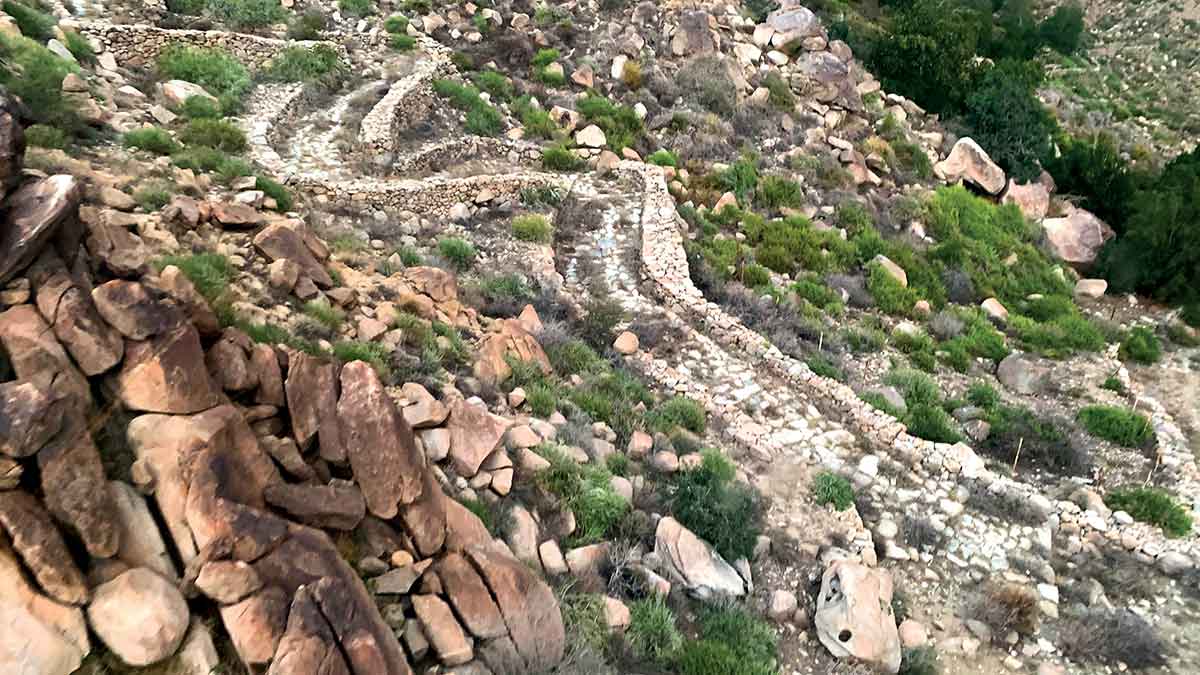
Take a hike in the cool mountains
For those who love the outdoors, fantastic hiking trails can be found in the al Shafa and al Huda mountain ranges, which are approximately 20 km west of Tayif’s city center. The roads to these locations are well paved, but they can be steep. Visitors will be thrilled with the green scenery and cool weather, even in the summer, as these mountain ranges lie up to 2,500 m above sea level.
The resort town of al Huda features a number of hotels, entertainment facilities, and restaurants, as well as a number of historic trails that pilgrims took on their way to Makkah. Al Shafa has the charm of a mountain village, and Jabal Dakah, the area’s highest mountain, is also worth a visit.
Both of these locations are renowned for growing rose flowers. According to the official “Visit Saudi Arabia” website, there are 900 farmers in Tayif who cultivate 300 million flowers every spring
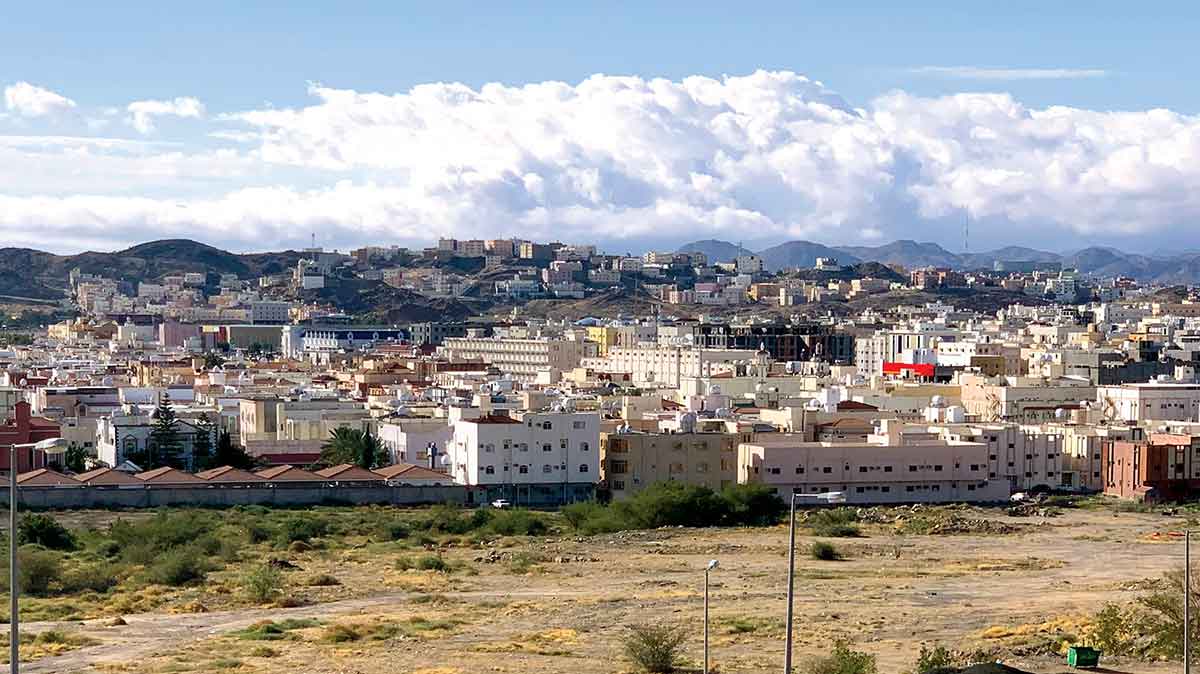
Prominent pre-Islamic market
Those who want a firsthand experience of Tayif history are advised to visit the reenactment of Souq Okaz, a seasonal market that attracted traders from across Arabia in pre-Islamic times. In the old times, Souq Okaz was not only an opportunity to exchange goods, but it also hosted culture activities, such as sharing poetry. Some argue that this historical fair played an important role in developing and standardizing Arabic grammar.
Organizers of this annual enactment go to great lengths to create immersive experiences, such as having actors taking on the role of historical characters who interact with visitors. This annual festival, which started 13 years ago, has a variety of accompanying events, including plays, lectures, poetry, and guided hiking trips. In 2019, Souq Okaz became part of the Tayif season, which now includes various activities spread across the city.
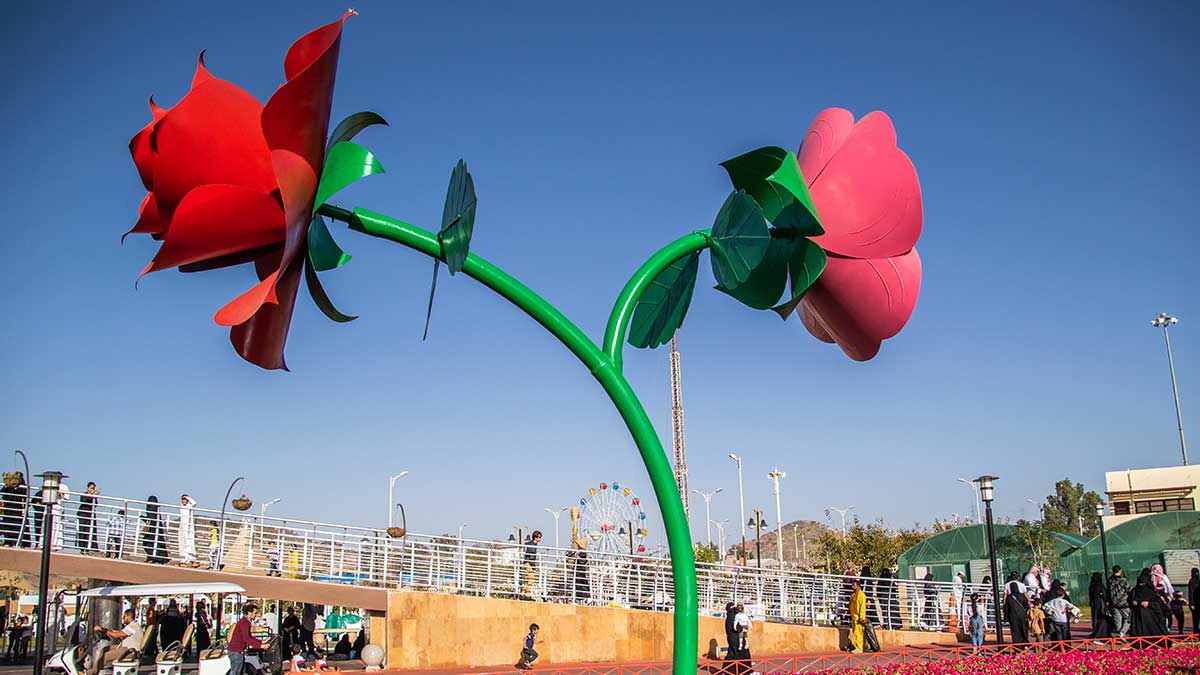
Ancient roses thriving
In 1997, a group of entrepreneurs from al-Hada, a mountain range west of Tayif, imported the most advanced distillation equipment from the south of France to improve rose water extraction on their flower farms, according to a feature in an AramcoWorld issue of that year.
This spirit has been rekindled with the launch of the Kingdom’s Vision 2030 and the reinvigoration of tourism and manufacturing. Some rose farmers have expanded into providing rose flower related experiences, where tourists can go into the fields or showrooms to learn about the cultivation of the flowers, and production methods of rose concentrate and water. However, rose flower picking is only available during the season, which runs from early March until the end of April.
Additionally, some of the al-Hada farmers have expanded into producing high end rose scented products, such as perfumes, sanitizers, and skin moisturizers. These entrepreneurs are capitalizing on the increase in foot traffic generated from the boost in the numbers of visitors, some of whom are visiting Makkah and are making the day trip to al-Hada.
The cultivation of rose flowers in Tayif can be traced back to as early as the 14th century. It is blossoming today with Vision 2030.



